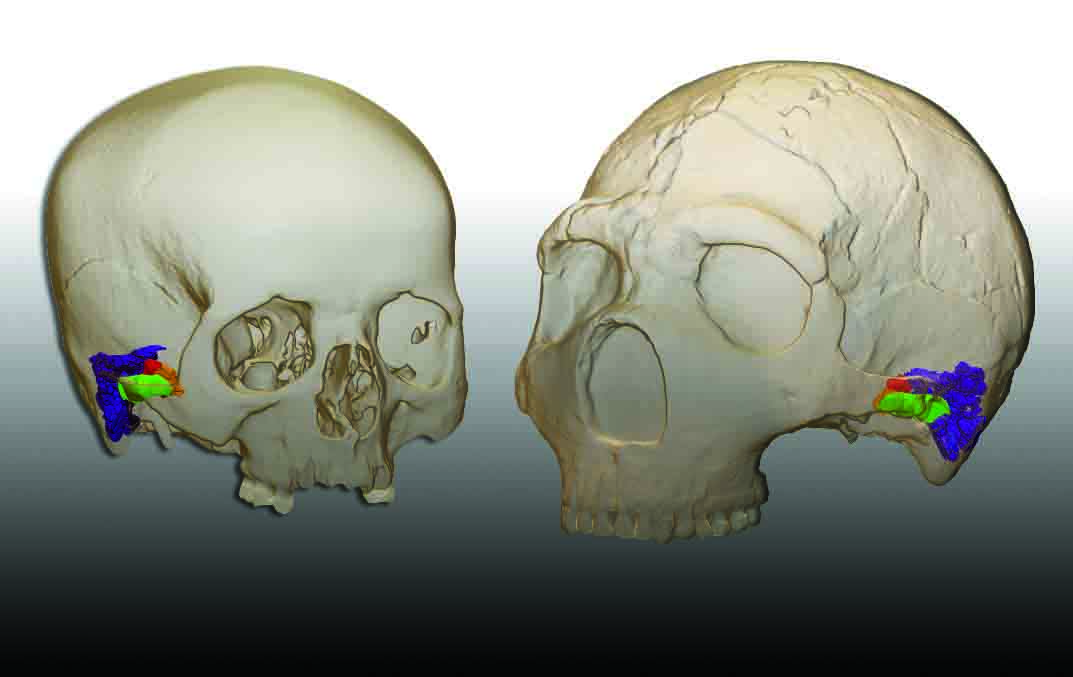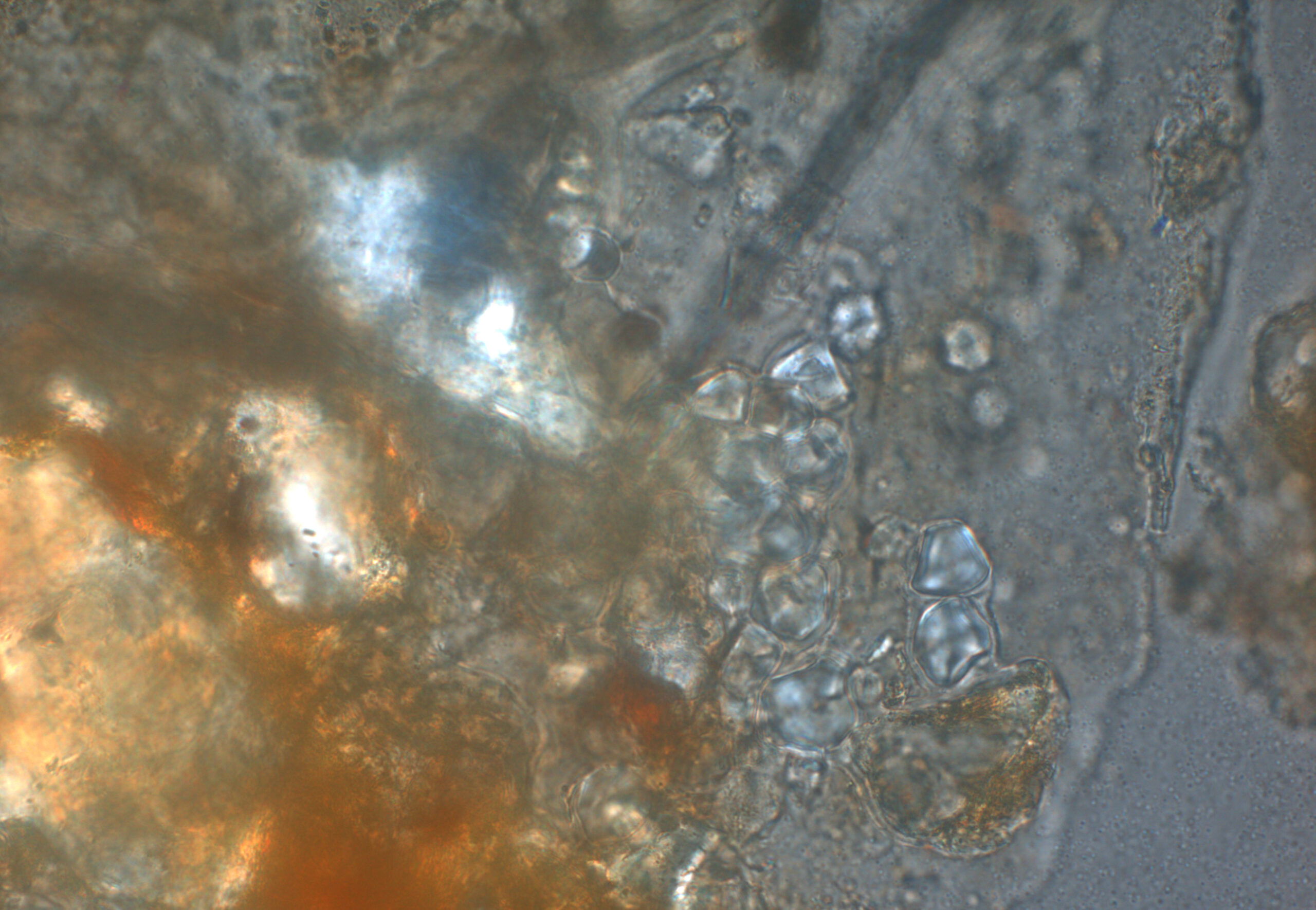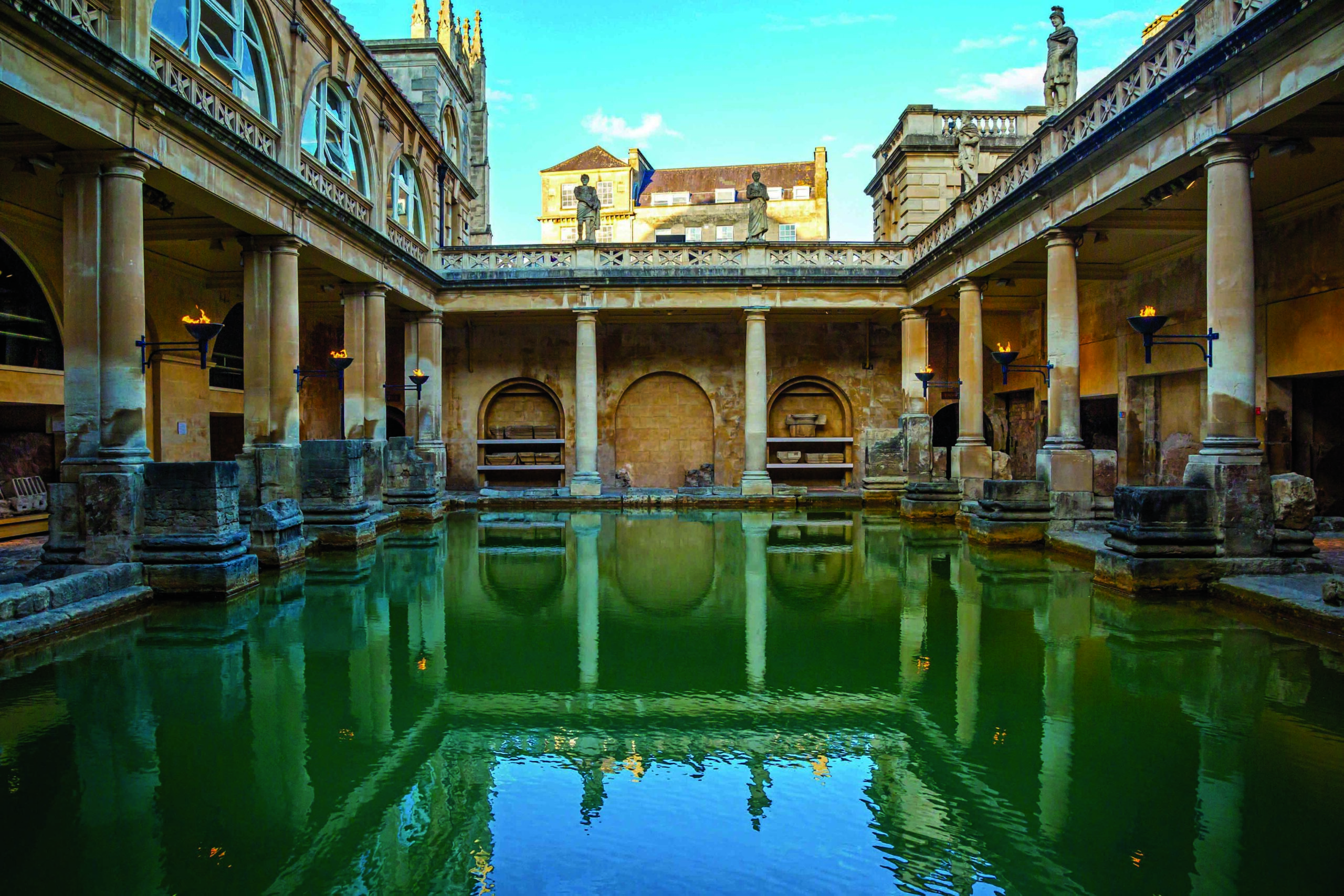SEVILLE, SPAIN—Science News reports that ornithologist Juan Negro of Spain’s National Research Council and his colleagues attempted to hunt choughs, a crow-like bird whose butchered bones have been recovered from caves once inhabited by Neanderthals. The researchers armed themselves with butterfly nets and flashlights, instead of the nets and fire presumed to have been used by Neanderthal hunters, and snuck into caves around Spain where choughs tend to roost in groups. They found that bringing light into the dark caves confused the birds, and drove them into dead-end areas, where they were easily scooped up, even bare-handed. The experimenters then released the birds unharmed. “You have to be intelligent to capture these animals, to process them, to roast and eat them,” Negro commented. “We tend to think that [Neanderthals] were brutes with no intelligence, but in fact, the evidence is accumulating that they were very close to Homo sapiens.” Read the original scholarly article about this research in Frontiers in Ecology and Evolution. To read about 300,000-year-old spears likely used by Neanderthals, go to "Weapons of the Ancient World: Hunting Equipment."
Possible Neanderthal Hunting Tactic Explored
News October 12, 2021
Recommended Articles
Digs & Discoveries September/October 2021
Neanderthal Hearing


Digs & Discoveries September/October 2024
A Nightcap for the Ages

Artifacts March/April 2024
Mesolithic Baskets

-
Features September/October 2021
Secret Rites of Samothrace
Reimagining the experience of initiation into an ancient Greek mystery cult
 (© American Excavations Samothrace)
(© American Excavations Samothrace) -
Features September/October 2021
Searching for the Fisher Kings
In the waters of southern Florida, the creative Calusa people forged a mighty empire
 (Merald Clark)
(Merald Clark) -
Letter From Scotland September/October 2021
Land of the Picts
New excavations reveal the truth behind the legend of these fearsome northern warriors
 (Courtesy The Northern Picts Project)
(Courtesy The Northern Picts Project) -
Artifacts September/October 2021
Late Medieval Ring
 (© Amgueddfa Cymru – National Museum Wales)
(© Amgueddfa Cymru – National Museum Wales)


